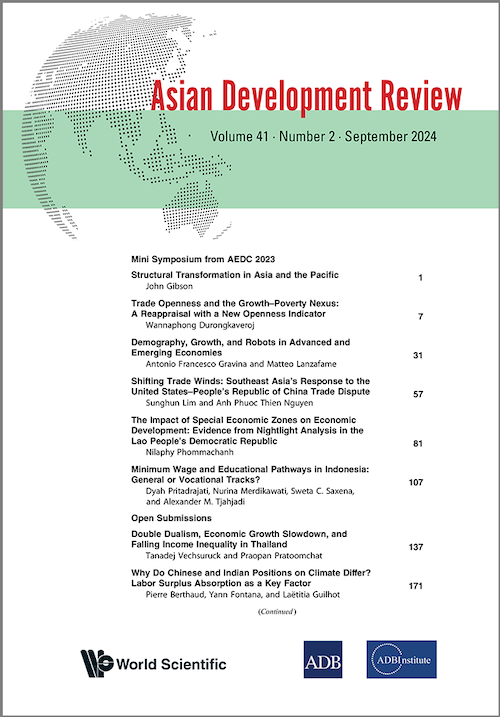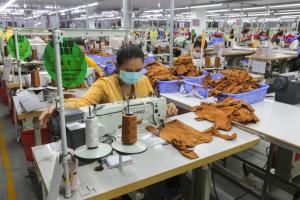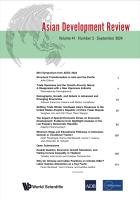The Impact of Special Economic Zones on Economic Development: Evidence from Nightlight Analysis in the Lao People’s Democratic Republic
 Download (811 KB)
Download (811 KB)
Publication Type:
Publisher:
Asian Development Bank (ADB)
Publication:
September 2024
This study examines the potentially causal effect of SEZs on the economy of the Lao PDR using nightlight satellite data as a proxy for economic activity.
Over the past few decades, special economic zones (SEZs) have become a widely used industrial policy tool to support structural transformation and economic development. Yet their impact on the economy remains inconclusive, especially in developing countries where the lack of data presents a challenge.
This study examines the potentially causal effect of SEZs on the economy of the Lao People’s Democratic Republic (Lao PDR) using harmonized nightlight satellite data as a proxy for annual economic activity in 148 districts from 1992 to 2021.
Using counterfactual estimators for causal inference with time-series, cross-sectional data, SEZ establishment appears to result in a statistically significant increase in the economic activity of the host districts. Heterogeneity tests show that SEZs in the Lao PDR seem to have had a greater impact on economic activity after 2010, coinciding with the establishment of dedicated SEZ agencies; and industrial zones appear to have a higher impact than tourism zones.
The working paper was originally published on the Asian Development Review.
Contents
- Introduction
- Related Literature
- Data and Methodology
- Results
- Discussion
- Limitations
- Conclusion


